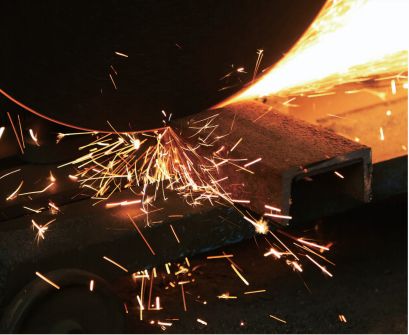The cutting disc is made of resin as the binder, supplemented by glass fiber mesh, and combined with various materials. Its cutting performance is particularly significant for difficult to cut materials such as alloy steel and stainless steel. Dry and wet cutting methods make the cutting accuracy more stable. At the same time, the selection of cutting material and hardness improves cutting efficiency and reduces production costs. But during the cutting process, there may also be accidents for workpieces are burned.
How can we avoid burns during the cutting process, which can affect the cutting efficiency too low?
1、 Selection of hardness
If the hardness is too high, the metallographic structure of the material will be burned, and the microstructure of the material cannot be accurately tested, resulting in errors; If the hardness is too low, it will result in low cutting efficiency and waste the cutting blade. To prevent burns and sharpness during the cutting process, only the hardness of the material needs to be tested and the correct use of the coolant.
2、 Selection of raw materials
The preferred material is aluminum oxide, and silicon carbide is preferred for cutting non ferrous and non-metallic materials. Because aluminum oxide material used for cutting metal materials does not react chemically with the chemical components in the metal, it is beneficial for cutting. Non metallic and non ferrous metals have low chemical activity, while silicon carbide materials have lower chemical activity compared to alumina, better cutting performance, less burns, and less wear.
3、 Selection of granularity
Choosing a moderate particle size is beneficial for cutting. If sharpness is required, coarser grain size can be selected; If cutting requires high precision, abrasive with finer particle size should be selected.
Post time: 16-06-2023

